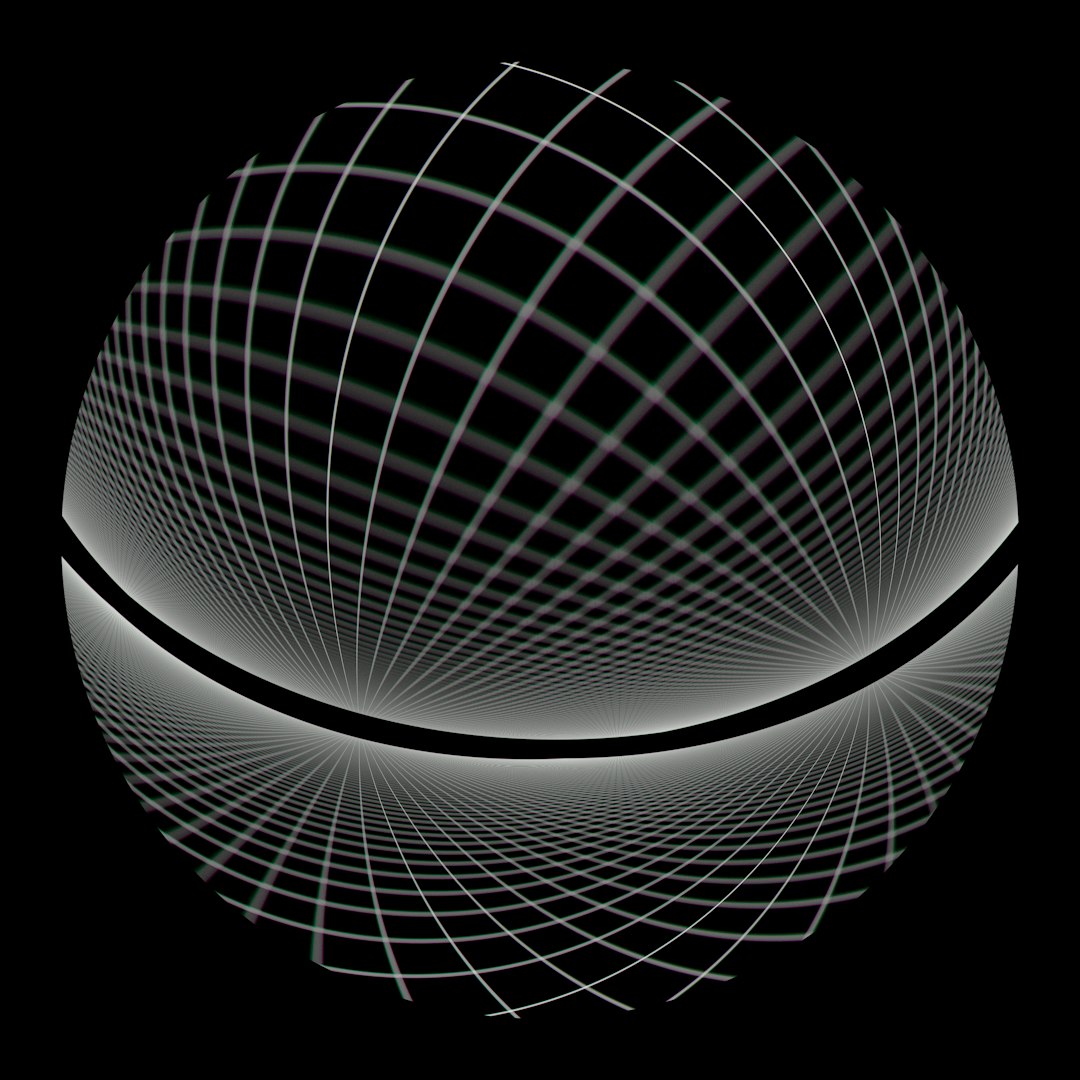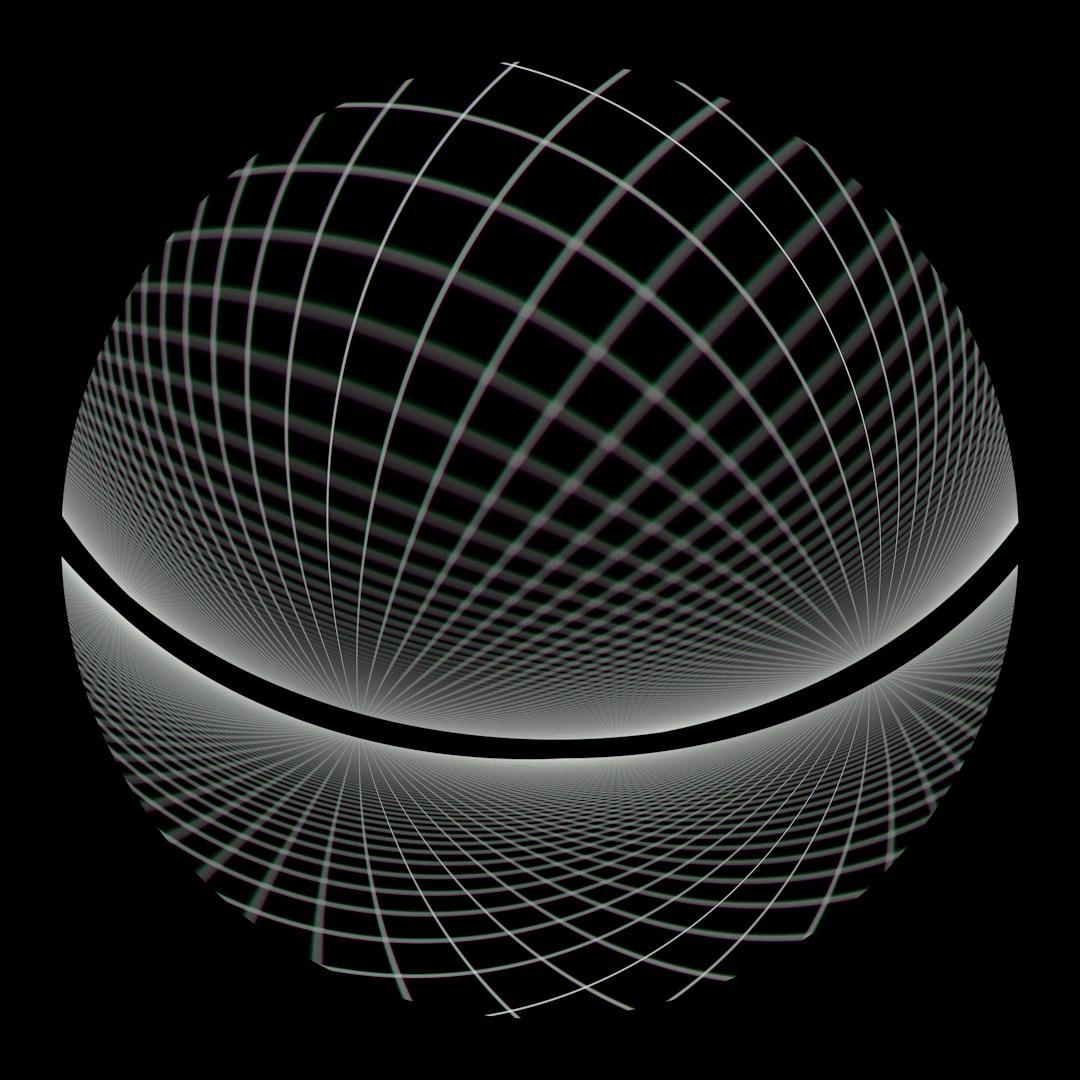Let’s face it—graphing on your TI-84 calculator can be a real headache. You type in a beautiful equation, hit the graph button, and… nothing. Or worse, just a flat boring line in the far corner of the screen. What’s going on?!
It’s not your fault. The graph isn’t broken. The equation isn’t wrong. You just need the right window settings. And once you learn how to set them correctly, you’ll finally understand graphing on your calculator.
Ready to unlock the secrets? Let’s go. And don’t worry—we’re keeping it fun and simple.
What Are Window Settings and Why Do They Matter?
The TI-84 is like a tiny stage. The graph you see is just part of a much larger mathematical world. Window settings tell your calculator:
- What part of the math world to look at
- How far to zoom in or out
- How to divide the screen with tick marks
Without the right window, your graph might be off-screen or squashed. So setting it up right is important. No more guessing!
The Magic Settings You Need
Let’s talk about the core window settings. Hit the “Window” button on your TI-84 to see them:
- Xmin – The smallest x-value on your screen
- Xmax – The biggest x-value
- Xscale – How often tick marks show up on the x-axis
- Ymin – The smallest y-value (vertically)
- Ymax – The largest y-value
- Yscale – Tick marks for the y-axis
Want to see more of the graph? Increase Xmax and Ymax. Need more detail? Shrink the range.
Image not found in postmeta
The “Zoom Standard” Cheat Code
Here’s a secret weapon: the Zoom Standard setting. Press:
- Zoom
- Select 6:ZStandard
This sets the window to:
- Xmin = -10
- Xmax = 10
- Ymin = -10
- Ymax = 10
It’s a great place to start. A nice, balanced square window centered at the origin.
But What If You Still See Nothing?
Ah, yes. The classic “invisible graph” panic. If nothing shows up, your graph might be:
- Too far left or right
- Way too high or too low
- Plotted with a range that’s too small
Press Trace. If the X and Y values show up as “undefined” or “ERROR,” it might mean your window doesn’t include the function’s values.
Try This:
- Make Xmin = -100
- Make Xmax = 100
- Make Ymin = -100
- Make Ymax = 100
If your graph appears now, it was just hiding outside the view. You’ll just need to adjust and zoom in later.
The Zoom Menu: Full of Magic Tricks
After pressing Zoom, you get a menu full of pre-set views. Here are a few gold nuggets:
- 1:ZBox – Draw a box to zoom into
- 2:Zoom In – Good for focusing on details
- 3:Zoom Out – Handy if your graph went off-screen
- 6:ZStandard – Balanced view, good for most functions
- 0:ZoomFit – Adjusts Y settings to fit your function perfectly
ZoomFit is amazing when you don’t know what the function looks like.
Try These Custom Settings
Every graph has its favorite window. Here are a few tried-and-true combos for specific function types.
1. Linear Functions (y = mx + b)
Example: y = 2x + 3
- Xmin = -10
- Xmax = 10
- Ymin = -10
- Ymax = 10
2. Quadratics (y = ax² + bx + c)
Example: y = x² – 4x + 3
- Xmin = -5
- Xmax = 9
- Ymin = -5
- Ymax = 10
Try ZoomFit if you’re not sure about the vertex height.
3. Trig Functions (sin, cos, tan)
Example: y = sin(x)
- Xmin = -2π (~ -6.28)
- Xmax = 2π (~ 6.28)
- Ymin = -1.5
- Ymax = 1.5
- Xscale = π/2 (~ 1.57)
It looks great when you center it around zero with the right curve width.
4. Exponentials
Example: y = 2^x
- Xmin = -10
- Xmax = 10
- Ymin = -5
- Ymax = 1000
Exponential graphs shoot up fast, so give them vertical room!
The Graph Button Isn’t Magic
Big truth: The graph button only shows what your window tells it to. That means mastering the “Window” screen is how you master the graph screen.
So, if your curve looks choppy, cut off, or just wrong—breathe. Then check your view window. It fixes a lot more problems than you’d think.
Image not found in postmeta
Bonus: Using “Trace” to Explore
After you graph, press the Trace button.
- Use the arrow keys to travel along the graph
- See precise X and Y values
- Find intercepts and turning points
It’s like a math GPS that lets you drive along your curve to see exactly what’s happening.
Still Stuck? Reset Everything!
If your windows are all messed up or nothing works, do this:
- Press Zoom
- Choose 6:ZStandard
- If still broken, press 2nd + MEM (the + key)
- Then choose 7:Reset → Defaults
This will reset your settings but not erase your programs or calculator apps.
In Conclusion: You’ve Got This
The TI-84 is just a tool. And like any tool, it gets easier over time.
Now you know what window settings do. You know how to adjust them. You know how to fix a broken graph screen. And you even know a few insider tricks.
So next time you press “Graph,” don’t cross your fingers. Set your window with confidence. Graphing success is just a few settings away.
Go ahead and show that curve who’s boss!


